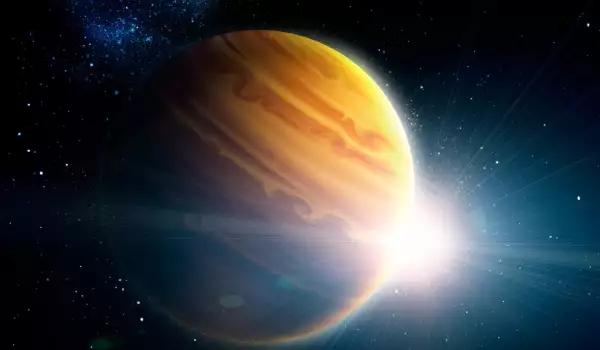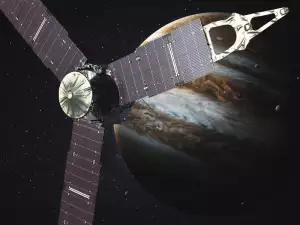Billions of years ago, a collision between Jupiter and another celestial body birthed another gas giant planet in our Solar System, writes the Astrophysical Journal, quoting a Canadian study.
This was the 5th gas giant in our Solar System, along with Jupiter, Saturn, Uranus and Neptune. Back in 2011, scientists presumed about the existence of such a planet but were unclear as to how it occurred.
A whole lot of theories were examined but the most likely one was for the giant to have been ejected from one of the largest planets in our system – Jupiter or Saturn.
Experts from the University of Toronto have now found undisputed proof that it was Jupiter that gave rise to the 5th gas giant.
This was possible only after a collision between Jupiter and another celestial body. After the impact, one of the objects was accelerated so fast that a second body was ripped from it and pulled in by the gravitational might of the Sun.
According to some theories, the gas giants could have also ejected smaller bodies, which then orbited around them, much like our Moon.

For the purposes of the current investigation, experts have created a computer simulation of the contemporary trajectories of Jupiter’s moon Calisto and Saturn’s moon Iapetus. Experts say that the collision between planets could have radically altered the original trajectories of the satellites.
The computer simulation has shown scientists that Jupiter is the only planet in our Solar System capable of giving birth to a hypothetical giant planet and still able to retain its own trajectory.
Recently, the Hubble Space Telescope sent a revolutionary 4k video of the giant spot on the planet. The spot is essentially a hurricane 3 times larger than our entire planet.
The new footage was taken with the Wide Field Planetary Camera 3 which was mounted on the Telescope during the last service mission.








